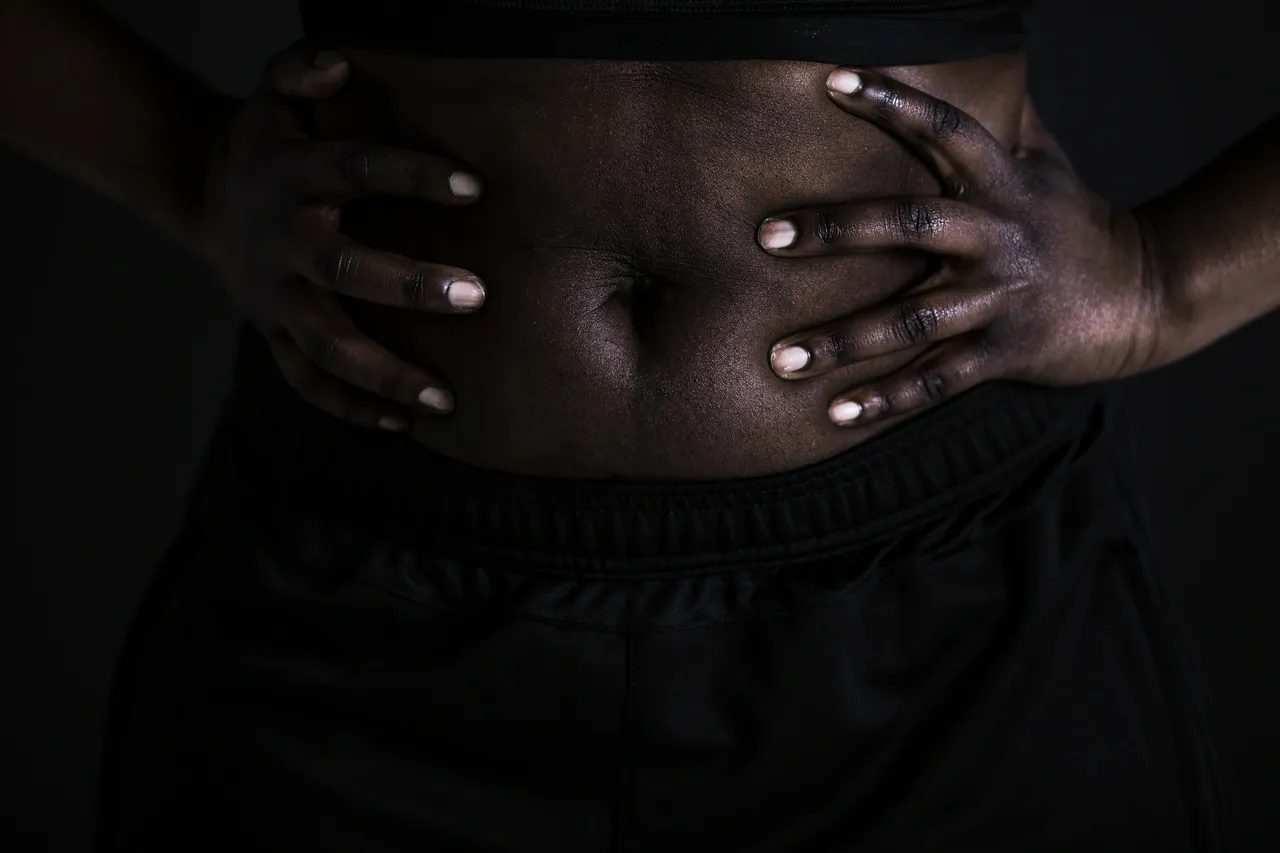Menopause weight gain?
Most women gain weight as they age, but excess pounds aren’t inevitable. To minimize menopause weight gain, increase your activity level and enjoy a healthy diet.
Why is it hard to lose weight after 50? Why do women over 50 have a slower metabolism? As we age, we lose lean muscle mass, which slows our metabolism. We also tend to decrease our activity and burn fewer calories, which leads to weight gain.
According to the American Council on Exercise (ACE), your resting metabolic rate, a.k.a. your body’s ability to burn calories while sitting on the sofa doing nothing, decreases by 1 to 2% per decade due to muscle mass loss and increases fat mass. Our diets usually don’t change enough to account for this metabolic adjustment, meaning weight can creep up slowly but surely with every birthday. One of the best things you can do at any age is shake up your routine and try something new. Follow these tips—courtesy of the world’s best weight-loss experts, dietitians, and personal trainers—to help you drop the pounds and keep them off for good.
1. Talk to your doctor about a weight-loss plan.
2. Get your hormones checked. That’s because as we age, progesterone, testosterone, and other hormones decline, which may set the body up for storing fat instead of losing weight; if they’re out of whack, taking steps to get your thyroid, adrenal glands, and other hormone levels back into balance can go a long way toward helping people in their 50s lose weight, adding that she believes the hormone to focus on is testosterone—especially for women over 50 who are trying to get fit. “There is ample discussion in the medical community about the effects of estrogen loss, but few people are aware of the importance of sufficient testosterone levels, which can help a woman slim down,” that balanced testosterone levels reduce blood glucose levels, which may help promote weight loss and shrink stubborn belly fat.
“In general, we recommend that women going through menopause try to keep their fat intake under 20 percent, with most of it coming from good-for-you fats such as olive oil, fish, or avocados,” This significantly reduces your body’s blood sugar and insulin levels, which will help keep you feeling fuller longer,
Don’t give up.
If you’ve made changes and are still struggling to lose weight, remember that it’s not because you lack willpower. Balancing calorie intake and expenditure is complicated, and some things like genetics can’t be modified.
Aches, pains, and health issues are just a part of getting older.”
It’s’ not how old you are; it’s’ how much you move. The U.S. Department of Health and Human Services suggests adults do moderate-intensity activity at least two-and-a-half to five hours a week. Focusing on the postural alignment of your body may also help you start feeling better and moving confidently. Proper postural alignment helps with everything from cardiovascular health to relieving joint pain and arthritis (Wannamethee et al., 2006).
Rethink Fitness
Starting exercise later in life requires finding more meaning in why you’re moving. For example, can you transition from standing down to the floor and back up again quickly? How do you feel when you get out of your car? Do you feel sluggish when you’ve been sitting for an extended period? Ask yourself these questions and reshape your fitness goals to enhance your daily life functions and confidence in your body.
“”Although long-term participation in physical activity may be important to lower mortality risk, the present study provides evidence that becoming physically active later in adulthood (40-61 years of age) may provide comparable health benefits.”
Other scientific studies have uncovered similar conclusions, including that exercise programs for sedentary middle-aged adults can help decrease the risk of heart disease (Howden, 2018).
Now that you understand that exercise can help you turn around your health at any age, the next step is figuring out what activities you enjoy and will stick with over the long term.
Check out the ‘MIDLIFE, NO CRISIS’ program and PODCAST.
